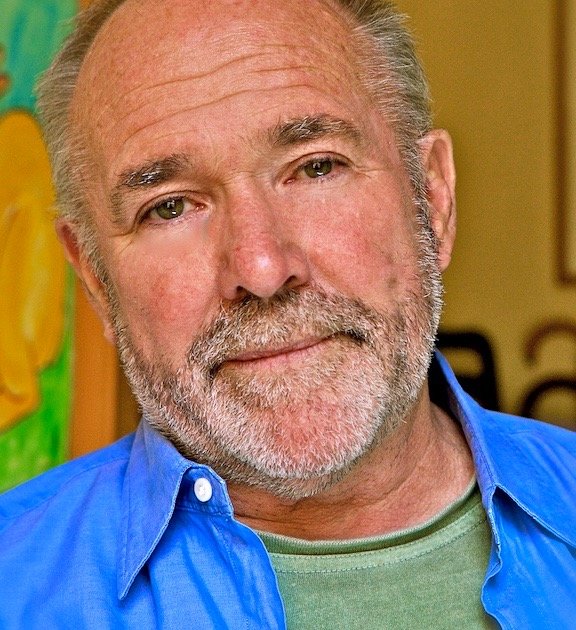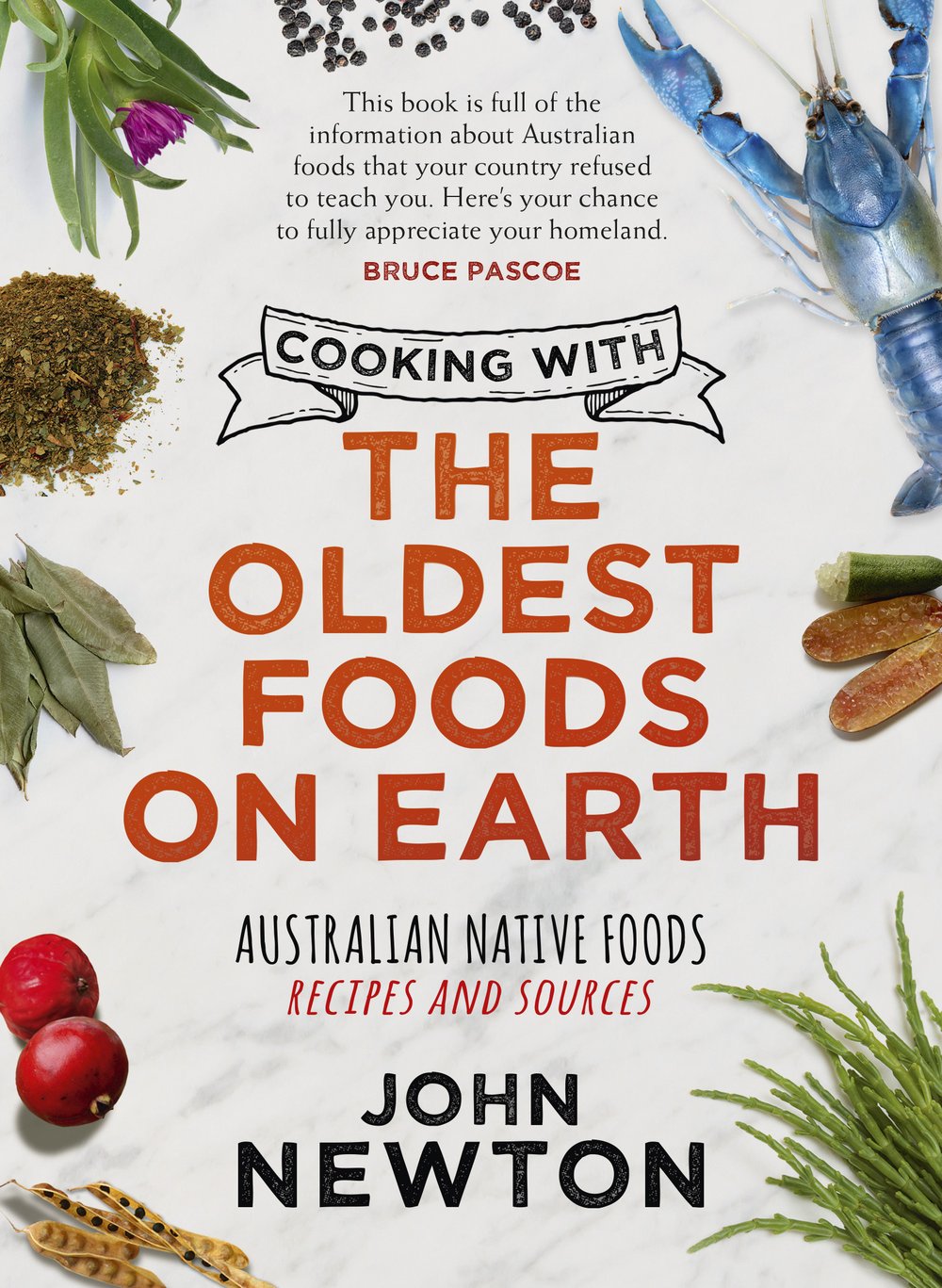This is a book that I shouldn’t have had to write. It’s about taking the foods that are native to our land into our homes and cooking with them. The fact that it needed to be written, and that non-Indigenous readers need to be told how to source and prepare these foods, underlines the great divide that still exists in Australia after 230 years. But it’s not just a food barrier. It’s a cultural barrier.
I discussed this over a beer with Peter Swain, who played the didgeridoo at the smoking ceremony opening one of the book tour events I did for the first version of The Oldest Foods on Earth, the history book. I lamented the fact that in my normal life in my suburb, I have little contact with Indigenous residents, with one or two exceptions, even though there is a considerable population.
‘How do we break down the barriers,’ I asked?
He asked me an unexpected question: ‘Where were you born?’
‘Ballarat,’ I told him.
‘So, who were the local mobs there?’ I confessed I didn’t know.
‘That’d be a good start,’ he said.
I knew exactly what he was saying. Bruce Pascoe, who kindly wrote some words for the cover of this book put it like this: ‘You can’t eat our food if you can’t swallow our culture.’
Recent events have shown how far we whitefellas have to go in this matter of recognising and respecting the culture of the original inhabitants. The booing of Adam Goodes. The thousands who continued to climb Uluru after being asked, politely, by the Anangu traditional owners not to. The continued rejection by politicians of the Uluru Statement from the Heart (then Prime Minister Turnbull was the first to reject it, arrogantly, saying ‘This is not what was asked for or expected.’)
But as damaging as the cultural problems facing relations with Indigenenous Australians is, permanent damage has been done to the land itself by 230 years of an agrocultural system that has stripped away the topsoil and all but destroyed its river systems.
In a statement adjacent to his art in Rivers on the Brink, an exhibition on the destruction of the Murray/Darling system, whitefella artist John R Walker wrote: ‘We have tried to live in and farm this continent as though it was simply a drier bit of Europe or Asia.’
What has all this got to do with a book on cooking with Australia’s native foods? As I pointed out at length in my last book, this European system of agriculture rode roughshod over the foods and the system of farming and hunting them that had supported Indigenous nations across the continent for over 60,000 years. So how can eating these foods today help solve these problems? Well, as Peter Swain told me, it’d be a good start.
In this book I’ve gathered simple recipes to use when cooking with native Australian foods. Some of them come from Indigenous Australians who have adapted their foods to European cuisines. Home cooks like Paula Nihot and Daniel Motlop. Their recipes are what Tyson Yunkaporta calls ‘Aboriginal cooking today’ in his book Sand Talk:
Aboriginal cooking is not about using native ingredients – it is about using what is available and optimally nutritious ... and employing cooking techniques that produce the same effect as cooking on hot coals or slowly in the ground. So chicken wings, curry powder and winter sweet potatoes in a pressure cooker could be considered Aboriginal cooking – kangaroo lasagne is definitely not.
I agree completely. But this book contains both sorts of recipes, the other sort from pioneer non-Indigenous chefs and cooks like Jean-Paul Bruneteau, Raymond Kersh and Andrew Fielke. I do not call them Aboriginal cooking. What they represent are our first steps towards a culinary reconciliation of the two cultures. A bit like my learning that the Wathaurong (Wadda-Warrung), a community that forms part of the Kulin Nation of Aboriginal people, are the traditional owners of my birthplace, Ballarat.
If you want to make that small step towards culinary reconciliation, then this is the book to help you. In it I have listed the sources and resources you need to bring these foods into your kitchen wherever you live, as well as the nurseries where you can buy plants and trees for your garden or farm to grow your own native foods.
The book is arranged by ingredient. Each chapter gives a history, nutritional properties and advice on how to cook these ingredients as well as recipes.
There is also a section on what foods to look out for in the future. After 230 years of the non-Indigenous populations ignoring what grows on, lives on, swims around or flies over our continent, we’ve got a lot of catching up to do.
John Newton's book Cooking with the Oldest Foods on Earth: Australian Native Foods Recipes and Sources will be published by NewSouth in November 2019.



